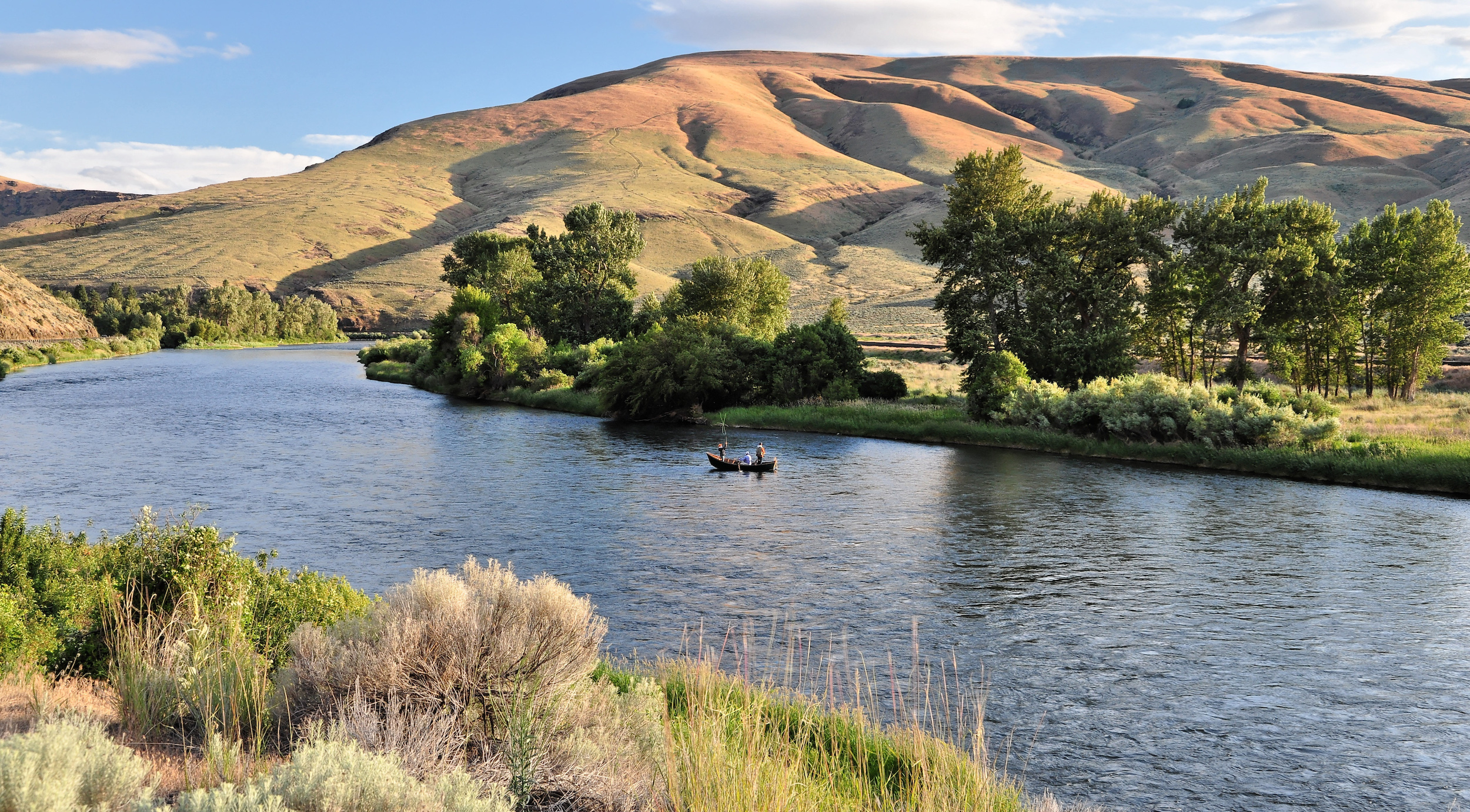The Yakima Basin, a vital region for agriculture and water supply in Washington State, is facing severe water challenges due to a prolonged three-year drought. This ongoing crisis has impacted local communities, farmers, and ecosystems, forcing stakeholders to seek immediate and sustainable solutions. In this post, we will examine the causes and consequences of the drought, the response measures being adopted, and the importance of long-term water management strategies.
Understanding the Drought Situation in Yakima Basin
The Yakima Basin is primarily relied upon for irrigation and drinking water, making the recent drought particularly alarming. With below-average precipitation and snowpack levels over the past three years, the region has entered into a state of emergency. This is not an isolated incident; climate change has exacerbated weather patterns, leading to increased temperatures and reduced water availability.
Key Factors Contributing to the Drought
- Climate Change: Rising temperatures contribute to rapid snowmelt, leading to depleted water reserves earlier in the year.
- Overconsumption: High agricultural demand for irrigation continues to stress water resources.
- Population Growth: An increasing population places additional pressure on water supplies.
- Urbanization: Expansion of urban areas often leads to increased water use and waste.
The Impact of Drought on Local Communities
The consequences of the ongoing drought have been felt across various sectors in the Yakima Basin. Local farmers, who depend heavily on consistent water supplies for their crops, have been among the hardest hit. The scarcity of water has not only affected crop yields but also has led to increased costs for irrigation and water procurement.
Agricultural Struggles
Farmers in the Yakima Basin face several challenges due to the drought:
- Reduced crop yields due to insufficient irrigation
- Increased competition for water resources leading to higher costs
- The risk of crop failure, which threatens the livelihood of local farmers
- Long-term soil degradation caused by inadequate watering
Many farmers are now exploring alternative strategies to cope with these issues, such as drought-resistant crops and advanced irrigation technologies. However, these solutions require upfront investment and may not be feasible for all.
Impact on Drinking Water Supply
In addition to agricultural implications, the drought also poses a significant threat to drinking water supplies for local residents. Communities in the Yakima Basin are experiencing:
- Diminished groundwater levels, which are crucial for private wells
- Increased drought advisories and potential water restrictions
- Higher water rates due to the increased cost of municipal water supply management
Government Response to the Crisis
The state government and local agencies have intensified their efforts to mitigate the effects of the drought. A variety of measures have been enacted to promote wiser water use and secure water supplies for the future. Some of these response strategies include:
Water Management Initiatives
- Conservation Programs: Initiatives aimed at reducing water wastage through education and incentives for residents and businesses.
- Infrastructure Improvements: Repairs and upgrades to water delivery systems to minimize leaks and losses.
- Groundwater Protection: Regulations to prevent over-extraction of water to ensure sustainable groundwater supplies.
Long-term Planning for Future Challenges
In recognition of the need for sustainable solutions, the Yakima Basin Integrated Plan has been developed. This comprehensive strategy aims to address long-term water supply needs while balancing agricultural and ecological health.
Community Engagement in Water Management
Engaging the community is crucial in navigating the challenges posed by the drought. Residents, farmers, and local organizations must work together to share knowledge and resources. It’s vital to promote a culture of water conservation and responsible usage within the Yakima Basin.
Educating the Public
Education plays a key role in ensuring that all members of the community understand the importance of water conservation. Local workshops and outreach programs can empower residents to make informed decisions about their water use. Simple practices can lead to substantial savings, including:
- Fixing leaks in plumbing
- Installing water-saving devices in homes and businesses
- Implementing drought-tolerant landscaping
The Path Forward: Finding Solutions for the Future
As the Yakima Basin deals with the ongoing challenges posed by the drought, it is essential to prioritize sustainable water management and conservation. Collaborative efforts between government, communities, and agriculture will be fundamental in ensuring that the region remains resilient in the face of changing climatic conditions.
By adopting innovative technologies, engaging the public, and committing to long-term, strategic planning, the Yakima Basin can work toward a future where access to water is secure even amidst adversity.
The Importance of Proactive Measures
Ultimately, addressing the water challenges in the Yakima Basin requires a proactive approach. By embracing conservation, investing in infrastructure, and fostering community participation, stakeholders can create a sustainable framework for managing water resources, ensuring a reliable supply for generations to come.
In conclusion, while the drought crisis is a pressing concern for the Yakima Basin, it also presents an opportunity to rethink and reshape how water resources are managed. Through collaboration and innovation, the region can adapt and thrive even in the most challenging circumstances.
